Calle de Cultura y Moda de Gwangbok-ro (광복로문화패션거리)
2.6 Km 14525 2021-06-03
Gwangbok-dong, Jung-gu, Busan.
Situada en el barrio Gwangbok-dong de Busan, esta calle captura el corazón de la moda, arte, cultura y compras de Busan. Es una especie de "Myeong-dong de Busan", extendiéndose desde la escalera mecánica de la entrada (que sube hacia el Parque Yongdusan) hasta el Mercado Gukje.
Al otro lado de la sede del Festival Internacional de Cine de Busan, la Calle de Cultura y Moda de Gwangbok-ro está llena de tiendas que venden de todo, desde baratijas hasta artículos de lujo. Decorada con una buena iluminación, abundantes macetas con flores, lugares de descanso y esculturas, esta calle es uno de los lugares más populares entre los turistas y los habitantes de Busan.
Más de 100 tiendas ofrecen una amplia gama de artículos de vestimenta, cámaras, electrónica, artesanías y artículos de lujo. Las tiendas nuevas celebran eventos de apertura, y algunas de ellas ofrecen descuentos del 20-30%. La mayoría de tiendas abren de 10:00 a 21:00. Tras ser remodelada en 2007, esta calle ha albergado diversos eventos culturales, como el Festival Cultural Callejero de Gwangbok-dong y el Festival de la Cultura Navideña. Los fines de semana no circulan coches por esta calle, convirtiéndose en un lugar muy interesante para explorar.
Wonjo Seoul Samgyetang (원조서울삼계탕)
2.6 Km 21976 2020-01-09
36, Nampo-gil, Jung-gu, Busan
+82-51-245-3696
This restaurant specializes in samgye-tang (ginseng chicken soup) and has had 60 years of tradition in Nampo-dong. It has been family run for many generations.
Mercado de Pescado Seco de Nampo-dong (남포동건어물도매시장)
2.6 Km 7950 2024-01-24
Yongmi-gil 8-beongil 4-1, Jung-gu, Busan
Matchandeul Wangsogeumgui Nampo(맛찬들왕소금구이 남포)
2.6 Km 98 2020-12-29
25-1 Nampo-dong 2(i)-ga Jung-gu Busan
+82-51-242-3709
You can enjoy the best meat aged for 14 days. The best menu at this restaurant is grilled pork belly. This Korean dishes restaurant is located in Jung-gu, Busan.
Halmae Gaya Milmyeon (할매가야밀면)
2.6 Km 14351 2020-04-14
56-14, Gwangbok-ro, Jung-gu, Busan
+82-51-246-3314
Halmae Gaya Milmyeon serves chewy, yellow tinted wheat noodles in a cold, clear broth. While the dish could be considered rather simple, the tastes go extremely well together.
Calle Arirang de Gwangbok-ro (광복로 아리랑 거리)
2.6 Km 6237 2024-01-24
Sinchang-dong 1-ga, Jung-gu, Busan
Dolsotbapjip (돌솥밥집)
2.7 Km 23130 2019-06-13
7-1, Gwangbok-ro 37beon-gil, Jung-gu, Busan
+82-51-246-3888
Located in Nampo-dong, Dolsotbapjip is a restaurant that has been serving dolsotbap (hot-pot rice) with a consistent taste for more than 30 years. The only dishes on the menu are doenjang jjigae (soybean paste stew) and sundubu jjigae (soft tofu stew). Both are served with bibimbap in a hot stone pot. After eating the rice, you can also enjoy sungnyung, made by pouring water in the hot pot after you have scooped the rice out. This restaurant, with its long history, has become famous through word of mouth among Japanese tourists.
Nampo Samgyetang (남포삼계탕)
2.7 Km 11824 2019-12-20
16-1, Nampo-gil, Jung-gu, Busan
+82-51-245-5075
Since 1959, Nampo Samgyetang (남포 삼계탕) in the heart of Busan has been serving samgyetang (chicken ginseng soup) made with fresh, homegrown ingredients. Brewed for as long as 24 hours, the restaurant's chicken stock is rich in flavor and nutrition. Other special dishes include jeonbok samgyetang (chicken ginseng soup with abalone) and jeongi gui (electric grilled chicken).
La Valse Hotel Busan [Korea Quality] / 라발스호텔 [한국관광 품질인증/Korea Quality]
2.7 Km 48 2023-04-13
82, Bongnaenaru-ro, Yeongdo-gu, Busan
+82-51-790-1510
This 29-story-high hotel towers over the skyline of Yeongdo-gu, just past the Busanhangdaegyo Bridge. Its greatest strength is the view of the sea, which can be enjoyed from most of the rooms. Different room types offer a view of the Busanhangdaegyo Bridge, Yeongdodaegyo Bridge, Busandaegyo Bridge, and other bridges that connect Yeongdo area with Busan, the lively heart of the city during the day, and the bright lights of Busan’s harbor at night. There are 380 rooms in the hotel, divided into 14 types, such as the Standard Terrace Ocean coming with a terrace and a bubble bath; Corner Double Half Ocean, which has a spacious view of the sea thanks to its window wall; and Corner Double Ocean. La Valse Sky Cafe & Bar serves the hotel’s breakfast, while the La Valse SKY29 (Rooftop) offers a great view of the city center on the 29th floor. Nampo Station on Busan Metro Line 1 and Kangkangee Arts Village are located 10 min by foot, while Busan’s other famous sights like Huinnyeoul Culture Village, Jagalchi Market, and Songdo Sea Cable Car are reachable in 10 min by car.
Mercado Bupyeong (Kkangtong) (부산 부평시장(깡통시장))
2.7 Km 2638 2024-01-30
Bupyeong 1-gil 48, Jung-gu, Busan
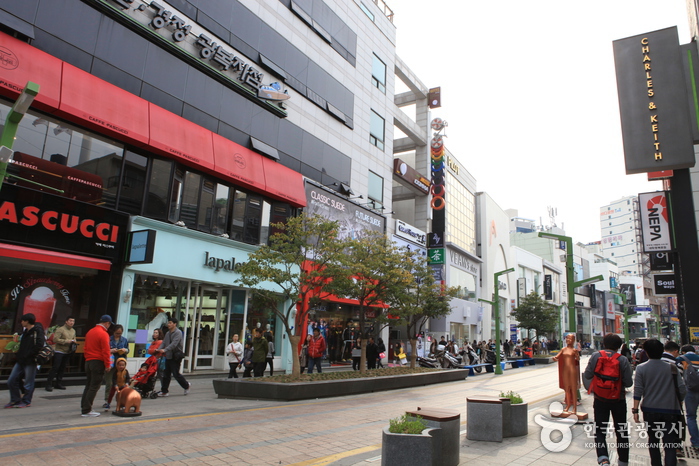
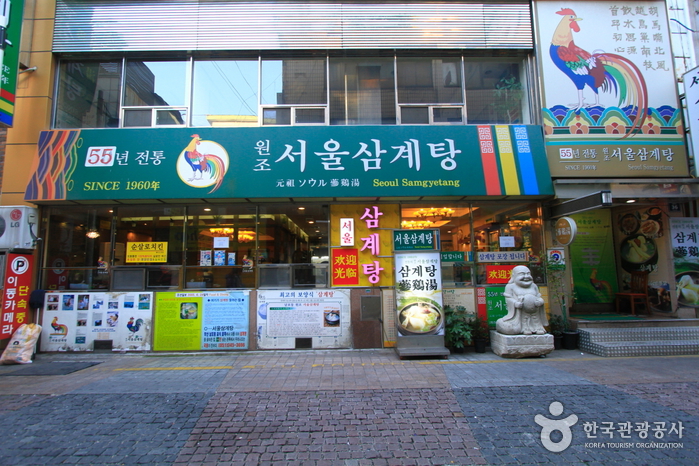
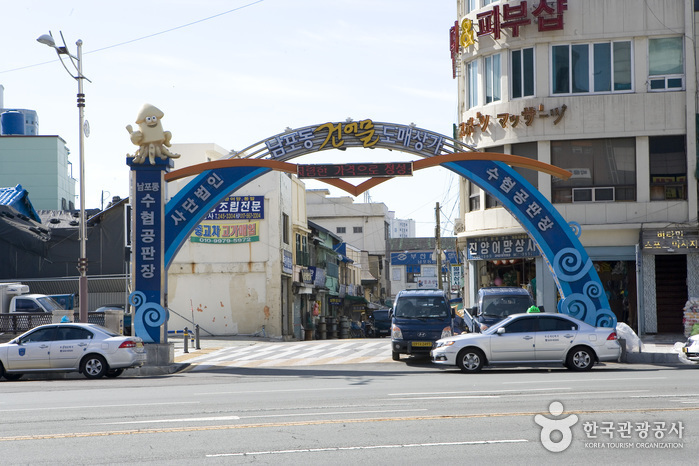
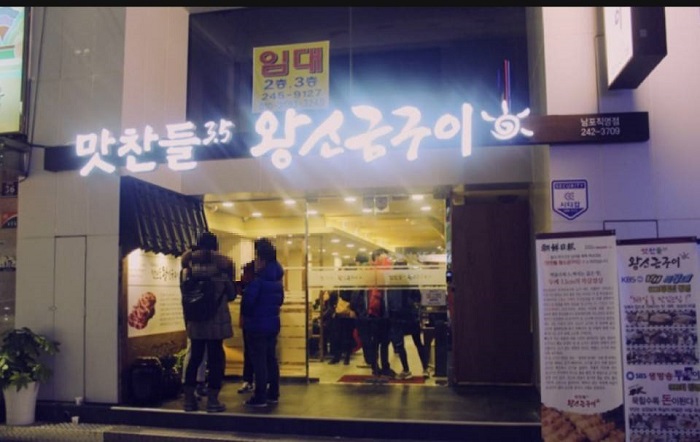
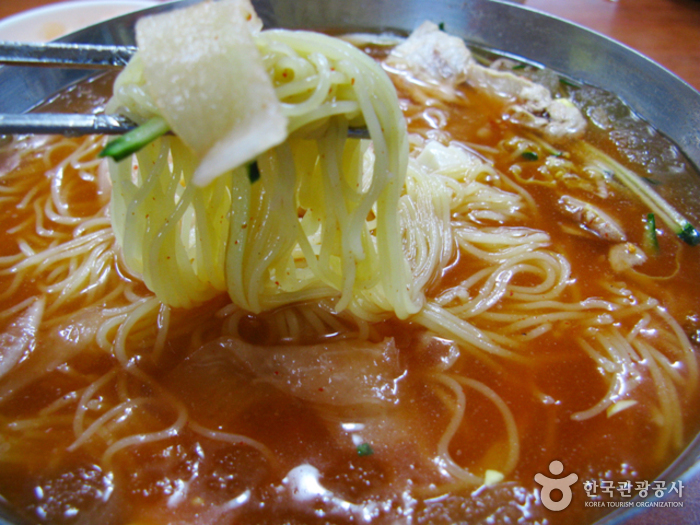
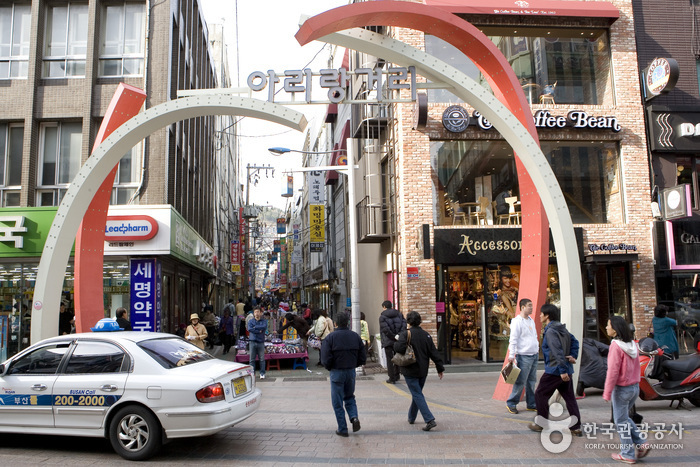

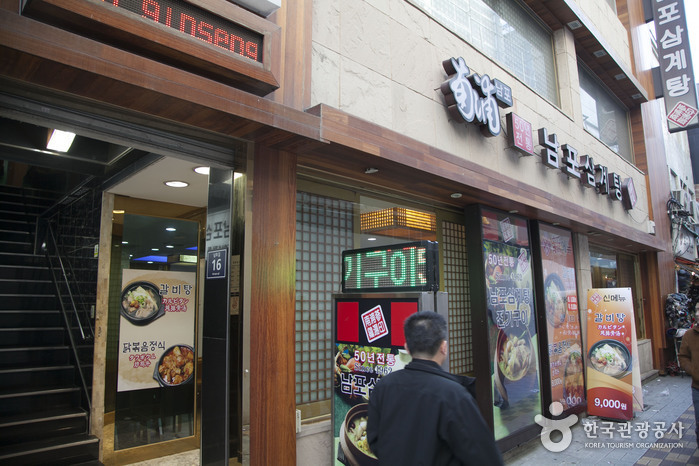
![La Valse Hotel Busan [Korea Quality] / 라발스호텔 [한국관광 품질인증/Korea Quality]](http://tong.visitkorea.or.kr/cms/resource/51/2709251_image2_1.jpg)
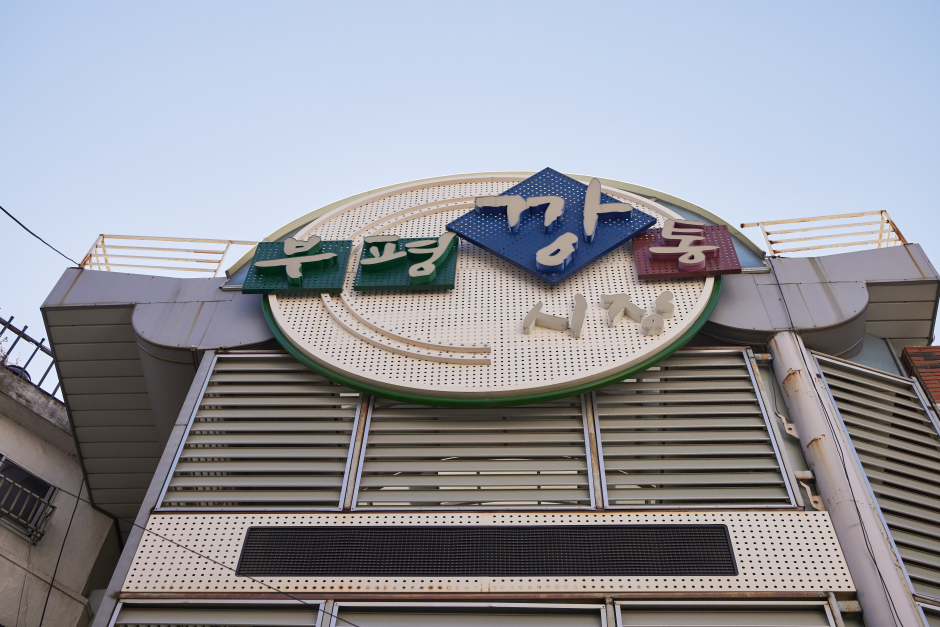
 Español
Español
 한국어
한국어 English
English 日本語
日本語 中文(简体)
中文(简体) Deutsch
Deutsch Français
Français Русский
Русский